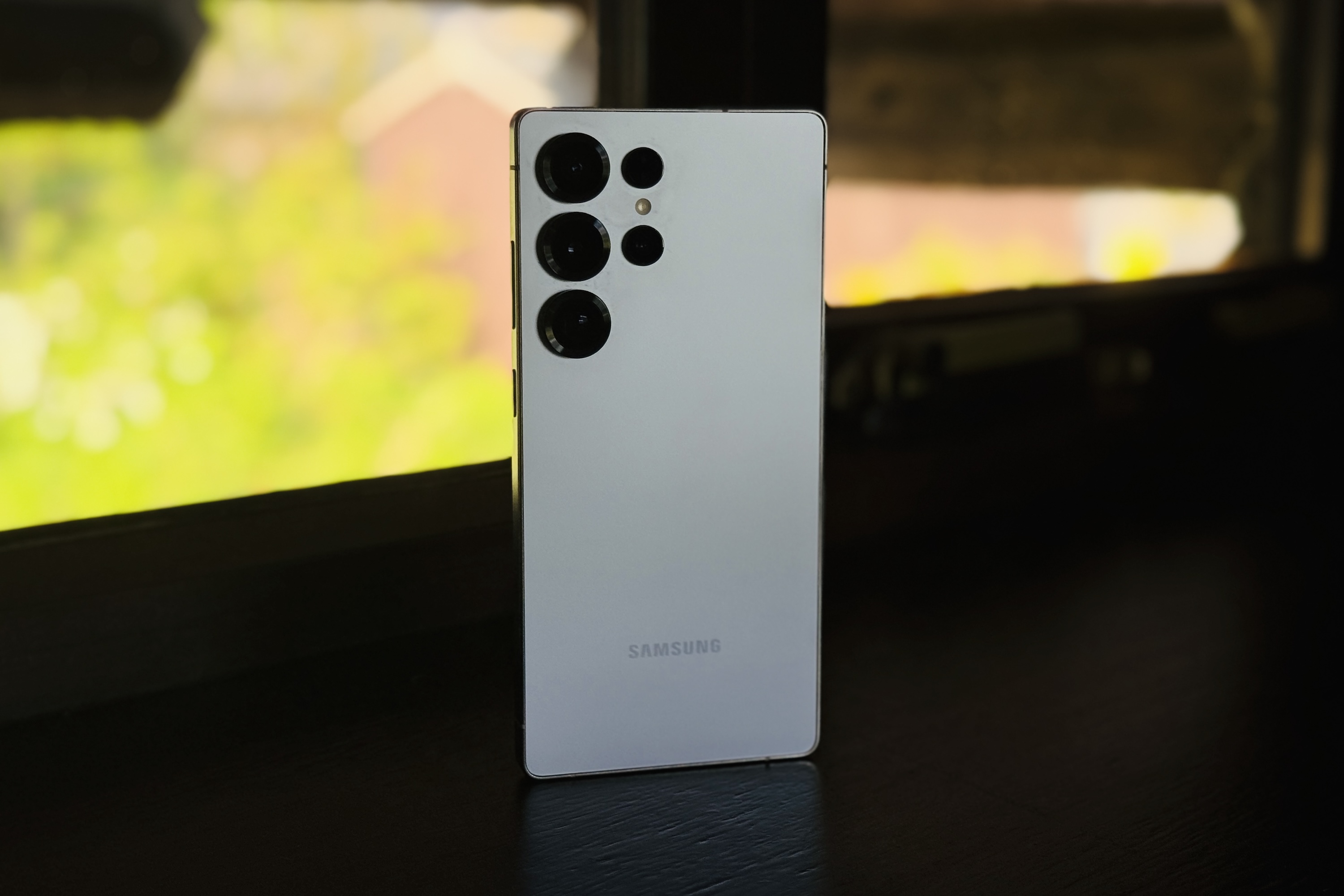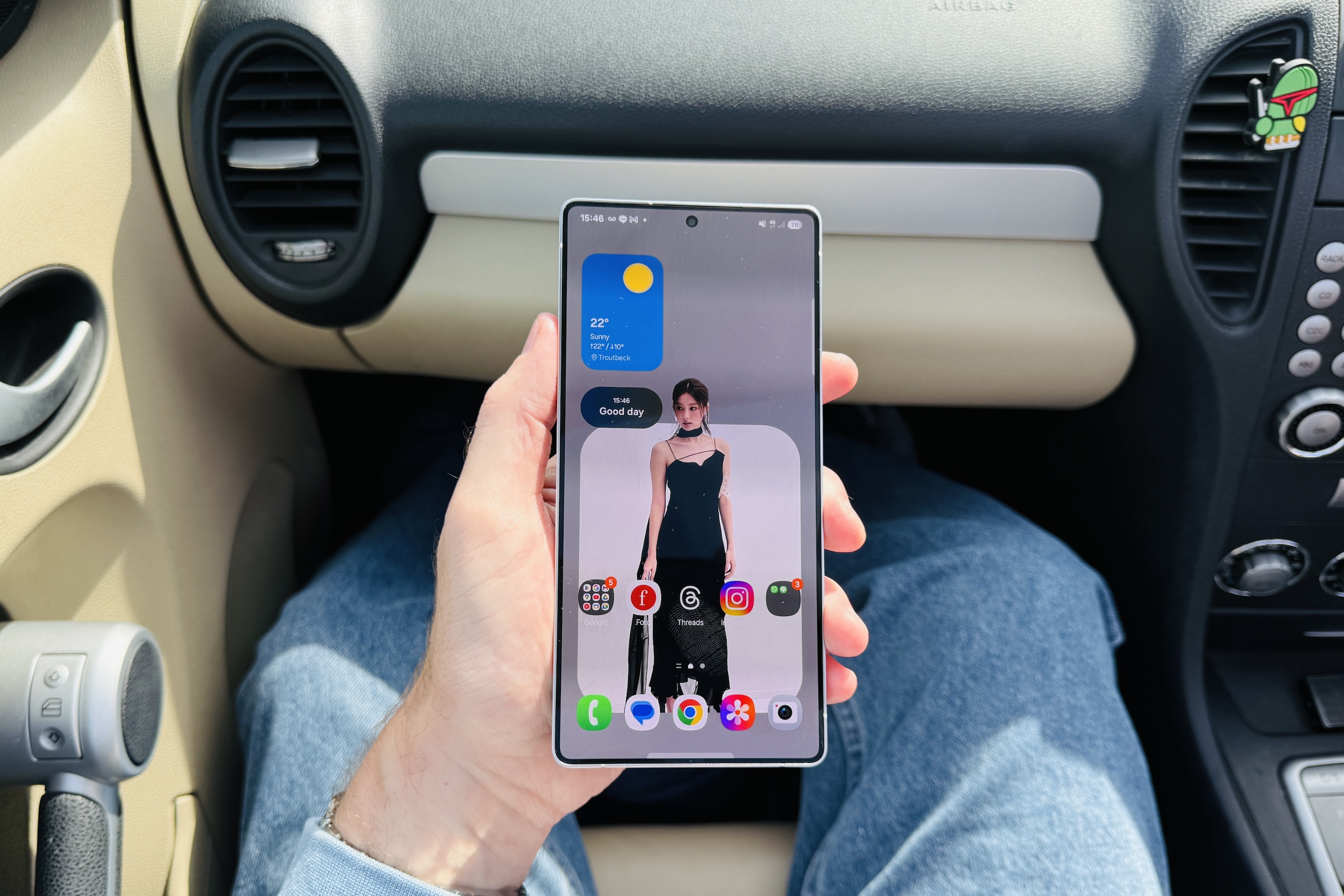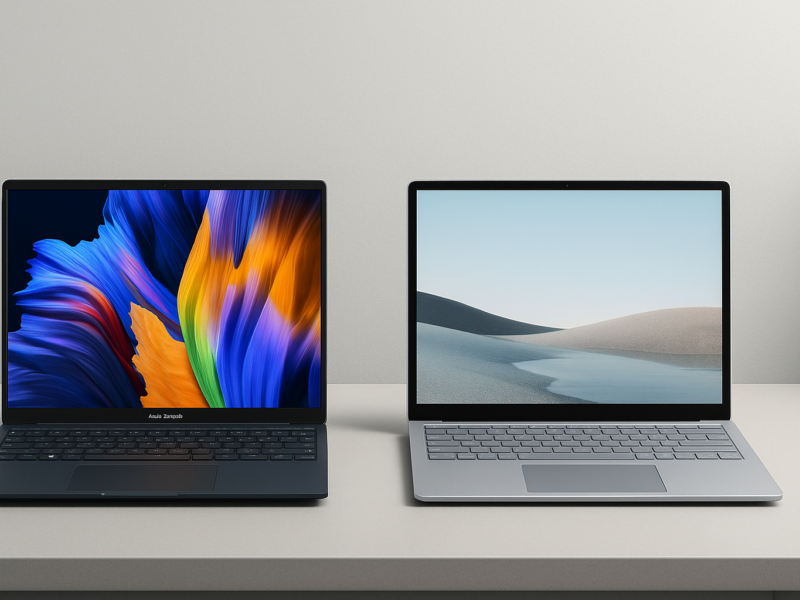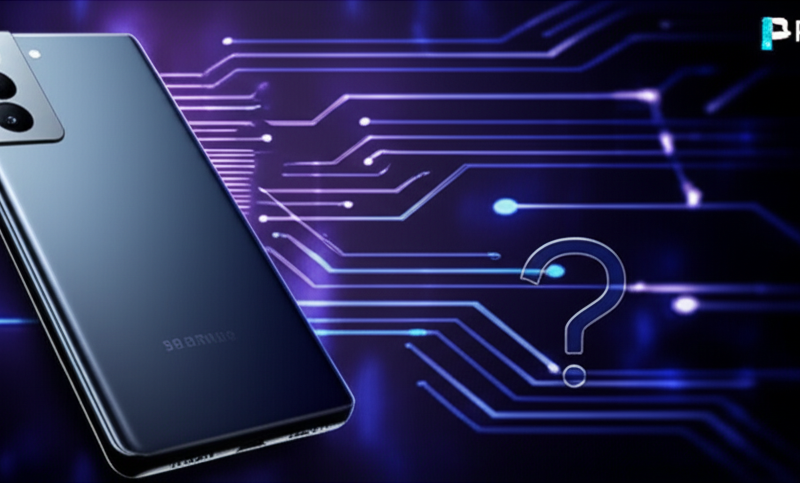Cutting Through the Annual Hype
Another year, another relentless wave of smartphone launches washes over us. Among the most anticipated arrivals is Samsung’s latest flagship, the Galaxy S25 Ultra. As someone who has navigated the currents of consumer technology for over two decades, witnessing countless iterations and “next big things,” the challenge remains the same: to look beyond the polished marketing and the spec sheet battles to understand what truly matters for the end-user.
Is the Galaxy S25 Ultra a genuine leap forward, or merely a refined version of its predecessor, content with incremental gains? This deep dive aims to provide an honest, insightful analysis for tech enthusiasts and those considering an upgrade, focusing on whether this device genuinely elevates the smartphone experience or just keeps pace. We’ll dissect the key elements: the subtle design tweaks, the much-vaunted power of the Snapdragon 8 Elite processor, the pervasive integration of Galaxy AI, and the targeted camera system updates.
This analysis is crafted for those who appreciate nuance – the dedicated tech enthusiasts hungry for detail, owners of older flagships like the Galaxy S22 Ultra or S23 Ultra weighing their options, perhaps even S24 Ultra users pondering if the jump is justified, and those comparing Samsung’s best against the latest from Apple and Google. Synthesizing insights from early reviews, benchmark data, specification leaks, and a healthy dose of experienced perspective, this post adheres to the principles of Experience, Expertise, Authoritativeness, and Trustworthiness (E-E-A-T), aiming to deliver practical value and clarity in a market often clouded by hype.

Contents
- 1 Design & Display: Subtle Shifts, Tangible Feel
- 2 Performance: Snapdragon 8 Elite Unleashed
- 3 Cameras: The 50MP Ultrawide Steps Up
- 4 5. Galaxy AI: Is This the Real Upgrade?
- 5 6. Battery & Charging: Still Waiting for Warp Speed?
- 6 7. The Ultra Experience: Living with the S25 Ultra
- 7 8. S25 Ultra vs. The World (and its Predecessor)
- 8 Verdict: Is the Galaxy S25 Ultra Worth Your Money in 2025?
- 9 Author
Design & Display: Subtle Shifts, Tangible Feel
2.1: The Ultra Gets Lighter, Slightly Rounder
At first glance, the S25 Ultra might seem visually similar to its predecessor, but handling the device reveals subtle yet potentially significant refinements. Samsung has shaved off fractions of millimeters and grams: the phone is slightly thinner at 8.2mm (compared to the S24 Ultra’s 8.6mm), marginally narrower (77.6mm vs 79mm), and noticeably lighter at 218 grams (down from 232/233g). While maintaining the flat display and titanium frame introduced last year, the corners are now slightly more rounded.
This shift away from the very sharp, almost severe edges of the S24 Ultra could be interpreted as Samsung responding to user feedback regarding handling comfort. For a device of this size, even minor ergonomic adjustments can make a difference in daily usability. The combination of reduced weight and softened corners might make the S25 Ultra feel less imposing and more comfortable during extended use, a crucial factor often overlooked in spec-driven comparisons. The familiar IP68 rating for water and dust resistance remains, ensuring durability. A minor aesthetic change involves black accents around the camera lenses, contrasting with the S24 Ultra’s color-matched rings.
2.2: A Brighter, Tougher Canvas
Samsung continues its display prowess, pushing the screen size slightly to 6.86 or 6.9 inches, up from the S24 Ultra’s 6.79/6.8 inches, achieved by slimming down the bezels. The core specifications, however, remain largely consistent with the previous generation: a vibrant Dynamic LTPO AMOLED 2X panel with a QHD+ resolution (1440 x 3120 pixels), an adaptive refresh rate dynamically adjusting between 1Hz and 120Hz for smoothness and efficiency, and a peak brightness of 2,600 nits.
The notable upgrade here is the adoption of Corning Gorilla Armor 2 glass. This latest iteration promises enhanced durability against scratches and drops, while also potentially reducing reflections for better outdoor visibility. However, some early durability tests have questioned whether it offers a significant improvement in scratch resistance over the S24 Ultra’s glass. Samsung also touts its ProScaler technology, borrowed from its TV division, which uses AI image processing to enhance perceived brightness and vibrancy without physically increasing the maximum nit output.
The stability in core display metrics like resolution and peak brightness, while still excellent, suggests the industry might be reaching a plateau in easily achievable year-over-year hardware advancements in this area. The focus appears to be shifting towards improving the experience through enhanced durability (Gorilla Armor 2) and software/AI optimizations (ProScaler), rather than simply chasing higher numbers. This means the display itself might not be the primary reason to upgrade from an S24 Ultra, though the added toughness is welcome.
2.3: The S Pen’s Sacrifice
A significant change for longtime Note and Ultra enthusiasts is the modification to the integrated S Pen. The Galaxy S25 Ultra’s stylus reportedly loses its Bluetooth Low Energy (BLE) connection. This means features like Air Actions (using the S Pen as a remote gesture controller) and using the pen button as a remote camera shutter are no longer supported.
For the majority of users who primarily employ the S Pen for note-taking, drawing, or precise screen interaction, this change will likely go unnoticed. However, for the niche group of power users who relied on those remote functionalities, this represents a feature regression. This decision could be attributed to several factors, including cost-saving measures, efforts to simplify the design, or contributing to the phone’s overall weight reduction. Regardless of the reason, removing a capability, however niche, subtly challenges the traditional “everything but the kitchen sink” philosophy associated with the Ultra moniker. It hints at a potential shift where Samsung prioritizes refining the core experience and managing costs (perhaps driven by the expensive new chipset) over maintaining every single feature from previous generations, focusing investment instead on areas like AI and performance.
Performance: Snapdragon 8 Elite Unleashed
3.1: The “Elite” Difference
Powering the Galaxy S25 Ultra is the Qualcomm Snapdragon 8 Elite for Galaxy processor, an exclusive, slightly overclocked version of Qualcomm’s latest high-end silicon. Samsung and Qualcomm claim significant performance improvements over the Snapdragon 8 Gen 3 found in the S24 Ultra: reports suggest around a 30-37% faster CPU, a 30-37% faster GPU, and crucially, a 40% faster Neural Processing Unit (NPU) dedicated to AI tasks.
Early benchmark results seem to corroborate these claims, showing substantial leaps in multi-core CPU performance and graphics capabilities (measured by tests like Geekbench 6 and 3DMark Solar Bay) compared to the S24 Ultra and even rivals like the iPhone 16 Pro Max in certain graphical tests. To manage the heat generated by this powerful chip during sustained use, Samsung has reportedly incorporated an improved cooling system featuring a significantly larger vapor chamber.
3.2: Beyond Benchmarks: Real-World Speed and AI
While benchmarks provide a quantitative measure, the real impact lies in the day-to-day experience. The Snapdragon 8 Elite translates to exceptionally smooth multitasking, instantaneous app loading, and an enhanced experience in demanding mobile games, including support for advanced features like ray tracing and Vulkan optimization. However, the most strategically important aspect of this chip is its prowess in handling artificial intelligence tasks. The substantial 40% NPU performance increase is the engine driving Samsung’s ambitious Galaxy AI features, enabling more complex computations to happen directly on the device rather than relying solely on the cloud. This capability underpins features like real-time translations, advanced photo editing, and personalized user experiences that form the core of the S25 Ultra’s identity.
Supporting this performance is 12GB of fast LPDDR5x RAM as standard across all models (one source mentioned a potential 16GB option, but 12GB is widely confirmed). Storage options remain generous at 256GB, 512GB, and 1TB tiers. Notably, Samsung has opted for the UFS 4.0 storage standard, rather than the incrementally newer UFS 4.1. While UFS 4.0 is still exceptionally fast and unlikely to be a bottleneck for users, the decision not to use the absolute latest available standard is another small indicator of Samsung’s selective approach to component upgrades in this generation, possibly influenced by cost or supply considerations, diverging slightly from the “best of everything” Ultra ideal.
3.3: The Exynos Question (and Answer)
For years, the Galaxy S series often featured a split strategy, using Qualcomm Snapdragon chips in some regions (like the US) and Samsung’s own Exynos chips elsewhere. This frequently led to performance and efficiency disparities, much to the chagrin of users in Exynos regions. While early speculation included the possibility of the Exynos 2500 chip appearing in some S25 models, multiple subsequent reports and leaks strongly indicate that the entire Galaxy S25 lineup, particularly the Ultra, will exclusively utilize the Snapdragon 8 Elite globally.
The reported reasons for this shift include Samsung facing challenges in mass-producing the 3nm Exynos 2500 with sufficient yield and quality in time for the S25 launch window. Furthermore, sources suggest Samsung’s desire to field a device with highly competitive on-device AI capabilities, especially against Apple’s advancements, led them to conclude that Qualcomm’s offering was the stronger choice for this generation. This move ensures a consistent performance baseline for all S25 Ultra users worldwide, eliminating past regional discrepancies. However, it also underscores Qualcomm’s current perceived leadership in mobile AI processing, giving them significant leverage in the component market and potentially increasing manufacturing costs for Samsung. It highlights the critical role AI performance now plays in high-end chipset selection.

Cameras: The 50MP Ultrawide Steps Up
4.1: Hardware Check – Familiar Faces, One New Star
The Galaxy S25 Ultra’s camera system presents a mix of continuity and targeted upgrades. Three of the four rear cameras carry over hardware identical to the S24 Ultra, while the ultrawide sensor receives a significant resolution boost. The specific configuration includes:
- Main Camera: 200MP Samsung ISOCELL HP2 sensor (f/1.7 aperture, 1/1.3″ sensor size, 0.6µm pixels, OIS, PDAF, Laser AF). This remains unchanged from the S24 Ultra.
- 3x Telephoto Camera: 10MP Sony IMX754 sensor (f/2.4 aperture, 1/3.52″ sensor size, 1.12µm pixels, OIS, PDAF). Also unchanged from the S24 Ultra.
- 5x Periscope Telephoto Camera: 50MP Sony IMX854 sensor (f/3.4 aperture, 1/2.52″ sensor size, 0.7µm pixels, OIS, PDAF). Carried over from the S24 Ultra.
- Ultrawide Camera: NEW 50MP Samsung ISOCELL S5KJN3 sensor. This is the primary hardware upgrade, replacing the 12MP ultrawide on the S24 Ultra. (Note: There are conflicting reports regarding the aperture and sensor size for this new ultrawide. Some sources indicate f/1.9 and a 1/2.55″ sensor, while others suggest f/2.2 and a larger 1/1.57″ sensor. This discrepancy highlights the reliance on pre-release information and warrants caution until official teardowns provide clarity.)
- Front Camera: 12MP Samsung ISOCELL S5K3LU sensor (f/2.2 aperture). Unchanged from the S24 Ultra.
4.2: Image Quality – AI’s Heavy Lifting
With much of the hardware remaining the same, improvements in image quality heavily rely on the new 50MP ultrawide sensor and, perhaps more significantly, the enhanced image processing capabilities of the Snapdragon 8 Elite chip and its associated “ProVisual Engine”.
The upgraded 50MP ultrawide camera is expected to deliver sharper images with more detail, particularly noticeable in landscape shots and potentially improving macro photography capabilities due to the higher resolution. Better low-light performance from the ultrawide is also anticipated. However, some early tests noted that while improved in stills, the new ultrawide might appear slightly softer in video compared to the S24 Ultra’s 12MP sensor.
For the main and telephoto cameras, which use existing hardware, advancements are expected primarily through software and AI. The ProVisual Engine promises improved algorithms for noise reduction, enhanced detail preservation, and better handling of motion blur. Zoom quality, particularly at hybrid levels like 10x, is expected to see refinement despite the unchanged optical hardware, leveraging AI for better results. Samsung also appears to be continuing efforts to refine its color science, aiming for more natural-looking details and toning down the oversharpening and oversaturation sometimes seen in past models.
Video capabilities remain robust, with support for up to 8K at 30fps and 4K at 120fps. Some reports even suggest potential for 8K at 60fps. New additions include integrated Galaxy Log support for professional color grading, improved HDR video capture, and AI-powered tools like Audio Eraser to remove unwanted background noise in recordings.
The reliance on AI and processing power to elevate results from largely unchanged hardware is a clear strategic bet by Samsung. While the new chip offers significant potential, this approach carries the risk of hitting the physical limitations of the sensors or struggling to keep pace with competitors who might be adopting newer or physically larger sensors across their camera arrays. The ultimate success hinges on the effectiveness of Samsung’s algorithms.
4.3: How it Stacks Up
Evaluating the S25 Ultra’s camera against its main competitors reveals a complex picture:
- vs. Galaxy S24 Ultra: The primary differentiator is the 50MP ultrawide sensor and the potential improvements brought by the Snapdragon 8 Elite’s processing. For users heavily invested in ultrawide photography or seeking the absolute latest in AI-driven image enhancements, the S25 Ultra offers tangible, though perhaps not revolutionary, upgrades. For others, the S24 Ultra’s already excellent camera system remains highly competitive.
- vs. iPhone 16 Pro Max: Comparisons often highlight different philosophies. The iPhone is frequently praised for its natural color reproduction, video consistency, and overall reliability. The Galaxy S25 Ultra, however, boasts superior hardware versatility, particularly in zoom capabilities with its dual 3x and 5x optical telephoto lenses compared to the iPhone’s single 5x lens, and its much higher resolution 200MP main and 50MP ultrawide sensors. The S25 Ultra can achieve greater zoom reach (up to 100x Space Zoom) and potentially capture finer detail in well-lit conditions, especially with the main and ultrawide cameras.
- vs. Google Pixel 9 Pro XL: The Pixel line is renowned for its computational photography, often delivering excellent results, particularly in challenging lighting or capturing motion, through software prowess. The S25 Ultra counters with significantly more hardware flexibility – dedicated 3x and 5x zoom lenses versus the Pixel’s likely single 5x telephoto, and much higher megapixel counts on its main and ultrawide sensors. The choice often comes down to preferring Google’s software magic or Samsung’s hardware versatility.
Camera Specification Showdown
To provide a clearer picture of the hardware differences, here’s a comparison of the key rear camera specifications (based on available reports):


